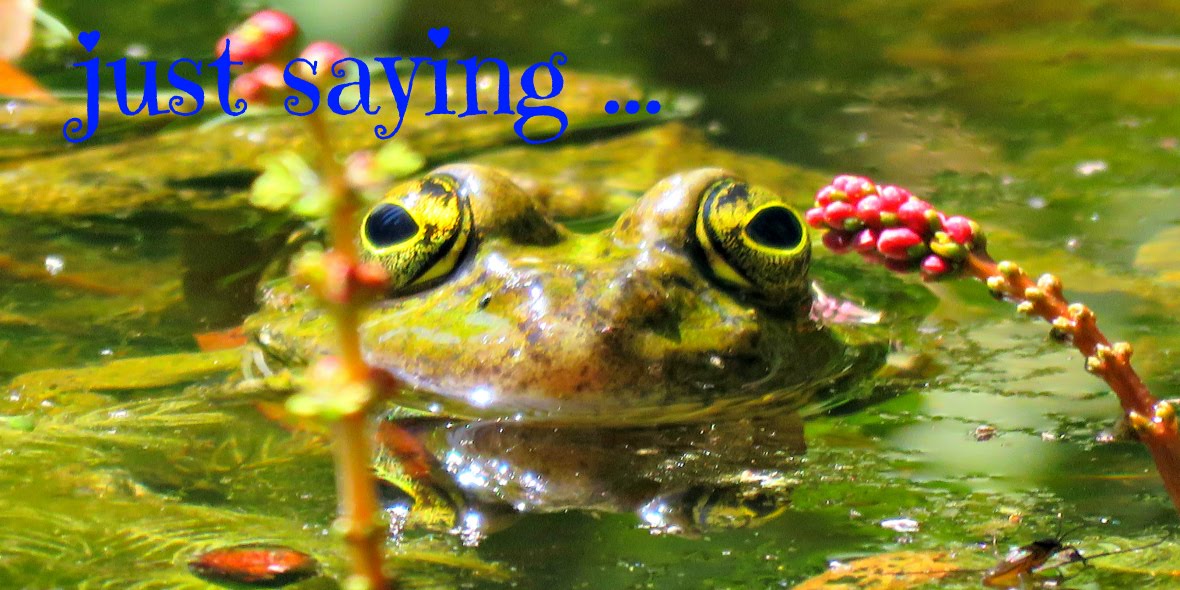Remember back in the day when anyone mentioned avocado in the context of colour and it summoned up images of drab, sludge-green bathrooms from the 1970s? Well, for me, those days are very firmly yesterdays. Now when anyone mentions avocado I start to channel visions of warm apricots, dusty salmon pinks and rose-tinted light browns.
No, I'm not dropping acid. Honest, guvnor.
This is what happens when you use your discarded avocado skins and stones to make a dye bath. And let's face it, with the current vogue for mashed avocado on toast with optional chilli flakes for heat, most of us have plenty of skins and stones that are destined for nothing loftier than the compost bin.
Well, hold onto your re-cycling for just a moment: you've got the makings of the very easiest and most environmentally friendly dye bath since the invention of the colour wheel. The thing is there's enough tannin in them there stones to act as a natural mordant to make the colour attach to the fibre so you don't need to go messing with any nasty chemicals that might go on to pollute the water table.
To make a dye bath for 100 g of wool boil the skins and stones of 6 or 7 avocados in a litre of water. Once they reach a nice rolling boil, turn the heat down and leave them to simmer for at least an hour or so - until the solution is a dark murky brown. Then take it off the heat, and allow the mixture to cool down to room temperature.
Meanwhile wash your un-dyed wool in tepid water with a ph neutral hand wash. Treat the wool gently, and don't leave it to languish under a running tap or it will felt. Similarly, never ever ever expose it to sudden temperature changes.
When the avocado solution has cooled, strain off the avocado bits, and return the liquid to the saucepan. Add the wool, soaking it well and making sure that it is evenly covered by the solution. Bring the liquid to boiling point, turn the heat down immediately and allow it to simmer gently for 15 minutes. Then switch the heat off completely and allow the liquid to cool. Leave the wool immersed in the dye bath overnight to absorb the maximum amount of dye.
Next morning you will notice that the colour has been absorbed by the wool with the result that the water solution is noticeably clearer and paler. Gently remove the wool, wring out the excess liquid and rinse in fresh clean water. Hang up to dry, and you're good to start knitting. Enjoy!
All the best for now,
Bonny x



What a beautiful result!
ReplyDeleteThank you, Rose.
DeleteIt's interesting, as I was just reading about natural dyes this week. I was thinking of trying something similar with fabric. I don't get through that many avocados in one sitting, so maybe I can save the stones and skins and freeze them until I have sufficient. Have you ever tried this? I love that yarn colour. Marie x
ReplyDeleteThank you, Marie. I save the peel and the stones in an old cheese carton - one of those ones that looks like it's made out of plywood. They don't mould if they aren't sealed so I leave them to air-dry until I've got enough for dye bath. It takes half a dozen per 100g of wool. B xox
DeleteI’ve actually already put a couple in the freezer, so will see if this method works. Did you do anything to clean the skins and stones before using them?
DeleteHi Marie, I scraped the skins clean of the flesh with a spoon, and I placed them in a little cardboard cheese box on a sunny ledge in my conservatory to dry out without moulding. I kept the stones there too. And when I'd got 7 skins and stones I boiled them to create my dye bath. If you wanted to deepen the colour you could add some onion skins. I haven't tried that yet, but I'm saving brown onion skins to have a go. All the best, B xox
Delete